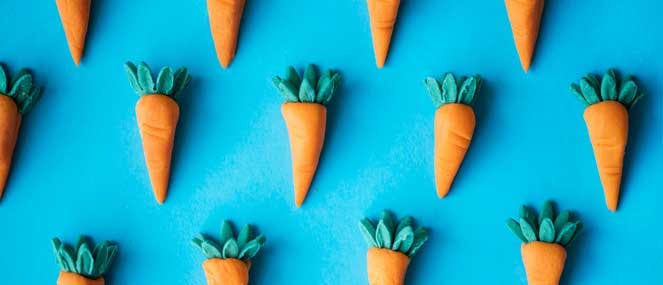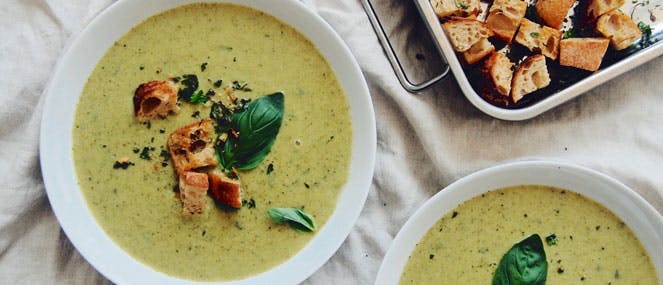
- Health hub/
- Tips & Advice on Cold, Flu & Boosting Immunity/
- Get Well Sooner With Blackmore Bio C
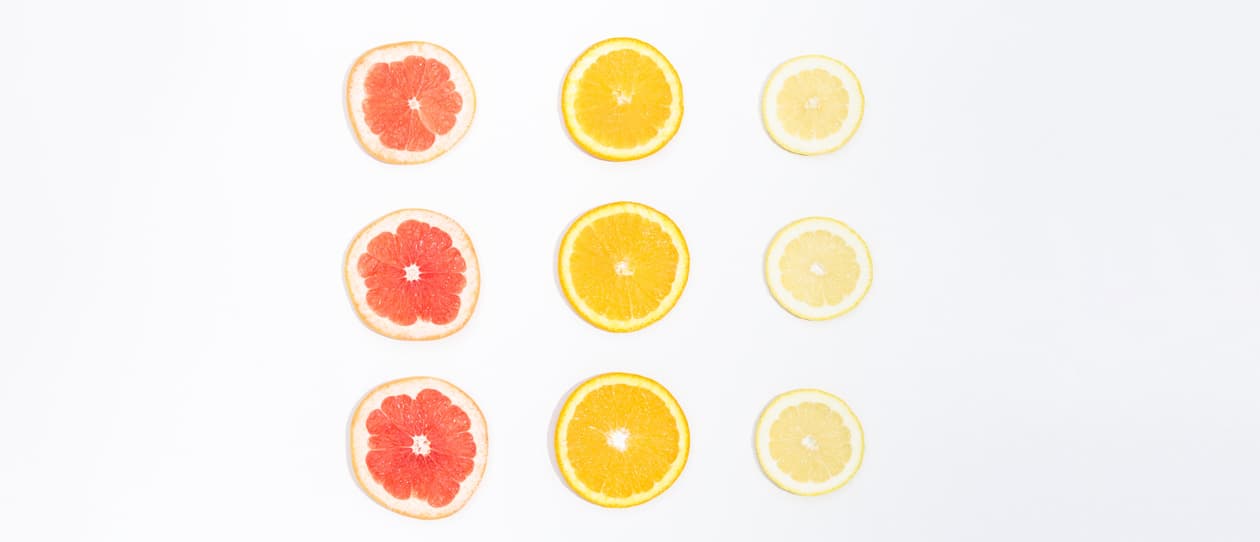

Vitamin C facts
Vitamin C is one of the most easily recognisable vitamins and for good reason – it has a vital role to play in supporting good health and wellbeing.And because it’s a water-soluble vitamin, your body doesn’t store it, which means it’s important to consume a certain amount of vitamin C in your diet.
But do you know which foods pack the biggest punch? And exactly what vitamin C does?
Here’s what you need to know.
What are the benefits of vitamin C?
As you probably already know, vitamin C is important for helping the immune system and may help reduce the duration and severity of a cold.On top of that, other vitamin C benefits include the fact that it supports wound healing, blood vessel health and the formation of collagen, a protein that’s responsible for skin strength.
Vitamin C also acts as an antioxidant and improves the absorption of the type of iron that’s found in plant-based foods like green leafy vegetables, legumes, almonds, quinoa and wholemeal bread. So, eating a vitamin-C rich food alongside any of those is a smart move.
Which foods are high in vitamin C?
Citrus fruits, particularly oranges, might be the first thing that springs to mind, but the list of vitamin C foods is actually a much longer and varied one than that.| Food | Vitamin c content |
| Red capsicum (½ cup, raw) | 95 mg |
| Grapefruit juice (¾ cup) | 70 mg |
| Orange (1 medium) | 70 mg |
| Kiwifruit (1 medium) | 64 mg |
| Green capsicum (½ cup, raw) | 60 mg |
| Broccoli (½ cup, cooked) | 51 mg |
| Brussels sprouts (½ cup, cooked) | 48 mg |
| Strawberries (½ cup) | 49 mg |
| Rockmelon (½ cup) | 29 mg |
| Cabbage (½ cup, cooked) | 28 mg |
| Tomato (1 medium, raw) | 17 mg |
One thing to bear in mind is that a food’s vitamin C content can be reduced by exposure to heat and oxygen.
Luckily, most vitamin C-rich foods are best enjoyed raw, but if you do cook them, strive for ‘lightly cooked’, with steaming and microwaving having been identified as the cooking methods that minimise losses best.
Either way, don’t cut a ‘vitamin C food’ up too far in advance before you plan to eat it.
How much vitamin C do you need?
Official guidelines recommend that children aged between one and eight years old should consume 35 mg of vitamin C a day, jumping up to 40mg a day for those aged up to 18 years. Adults should aim for 45 mg a day .
For most people, eating a healthy, well-balanced and varied diet – rich in fruit and vegetables – will provide adequate amounts of vitamin C for general health and wellbeing.
However, while vitamin C deficiency is rare, some people are at a higher risk, including those who smoke or have difficulty maintaining a healthy diet.
At times where your dietary intake may be inadequate and to help support your immune function, a vitamin C supplement may be of benefit and can help to reduce the severity and duration of a cold.
You might also like to support your immune health by whipping up a batch of vitamin C bliss balls. Packed with vitamin C-rich ingredients, they’re nutritious and delicious.
Experience the Blackmores Bio C® difference your way
We’ve formulated the Blackmores Bio C® range to give you more than just plain old vitamin C. [1]
Vitamin C is otherwise known as ascorbic acid and like many acids, can irritate the stomach. For customers who have a sensitive digestive system, the mineral ascorbates found in our Blackmores Bio C® tables, chewables and powders buffer against the acidity, making it gentle on the stomach.
Did you know bioflavonoids are nutrients that are powerful antioxidants also thought to support the efficacy of vitamin C? You can find them in our Bio C® tablets, chewable and powder products.
And since we know tablets aren’t for everyone, our Bio C® range is the only vitamin C range that comes in tablet, chewable, effervescent and powder formats so you can choose how you want your boost of vitamin C.
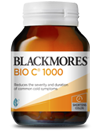 |
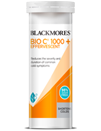 |
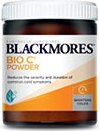 |
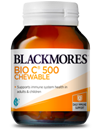 |
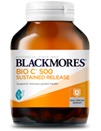 |
|
| BLACKMORES BIO C® RANGE | |||||
| PRODUCT NAME | BIO C® 1000 | BIO C® 1000 EFFERVESCENT | BIO C® POWDER | BIO C® 500 CHEWABLE | BIO C® 500 SUSTAINED RELEASE |
| BENEFIT | A boost of vitamin C to reduce the severity and duration of common cold symptons. | ||||
| THE BLACKMORES DIFFERENCE |
|
|
|
|
|
| DAILY DOSE | 1-a-day | 1-a-day | 1 scoop a day | 2-a-day | 2-a-day |
Always read the label. Follow the directions for use. If symptoms persist talk to your health professional. Supplements may only be of assistance if dietary intake is inadequate.
*Reduces the severity and duration of common cold symptoms. [1] Compared to Blackmores Vitamin C 500mg
